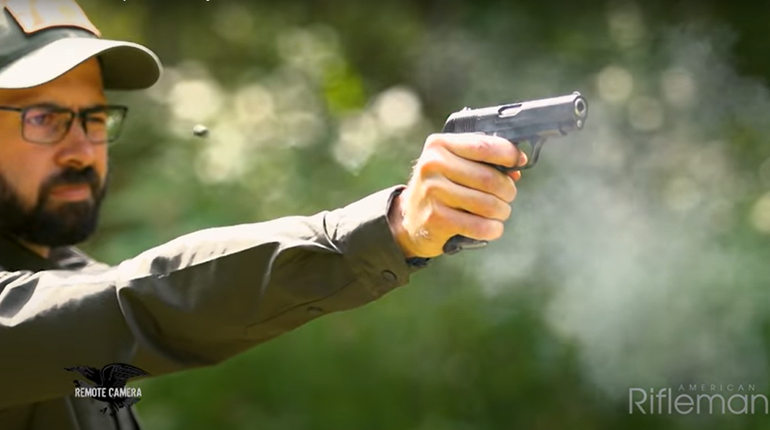The American Expeditionary Force’s fight for the Argonne Forest during the Meuse-Argonne Offensive in 1918 was one of the largest series of battles fought by the United States during World War I. The offensive involved AEF forces moving out of the stalemate of trench warfare and advancing into the large open wooded areas of the Argonne Forest in northeastern France. During the advance in the first week of October, one of the most noteworthy incidents of the Argonne battle occurred. An AEF battalion outpaced surrounding allied units on its flanks, and moved into a gap in the German lines left open while the Germans repositioned.
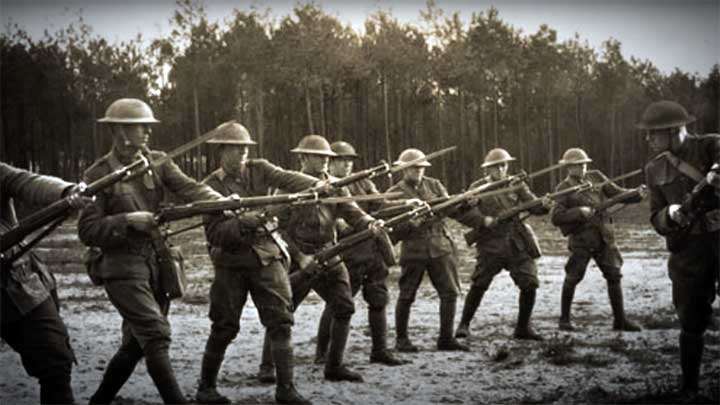
The Germans realized that the American unit was overstretched, and moved in to encircle them. For six days, from October 2-7, 554 men in nine companies of the U.S. Army’s 77th Infantry Division were surrounded by the Germans and cut off from allied reinforcement. The group earned the name “the lost battalion” as a result of the situation. Over the six-day period, the men of the lost battalion fought tenaciously against the Germans trying to overrun them.
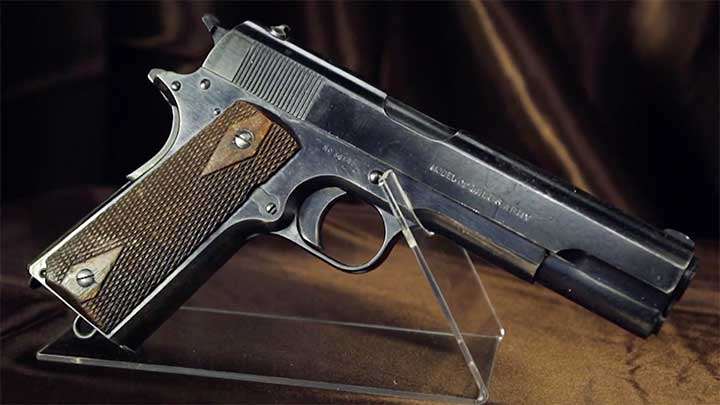
Supplies including food, water and ammunition ran short during the savage fighting. The ammunition shortage was not helped by the fact that the men of the battalion were using weapons chambered for three different cartridges. Officers carried M1911 semi-automatic handguns chambered in .45 ACP. Men of the 306th Machine Gun Battalion attached to the lost battalion were using the French Hotchkiss M1914 heavy machine gun chambered in for the 8 mm Lebel cartridge. There were also several French CSRG 1915 Chauchat light machine guns, also chambered for 8 mm Lebel.
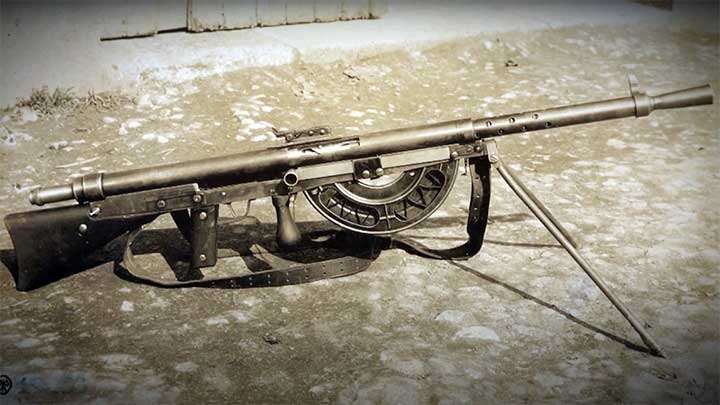
The riflemen themselves were not armed with the standard American service rifle of the time, the Model 1903 Springfield, but with the Model 1917 Enfield bolt action rifle chambered in .30-’06 Sprg. The M1917 rifle was the result of improvisation by the rapidly expanding U.S. Army to arm troops on the Western Front. While the M1903 was still officially the standard U.S. service rifle at the time, its production was far behind the wartime demand for rifles.
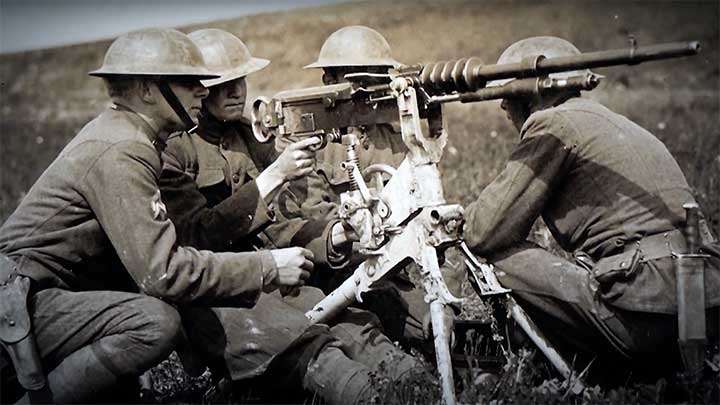
Only Springfield Armory was producing the rifle at the beginning of American involvement, with Rock Island Arsenal having suspended production in years prior. No more than 850,000 M1903s had been built by April, 1917, leaving far too few to arm what would become a three million man army b y the end of the war little more than a year later. So, U.S. Ordnance sought a secondary option to supplement the need of service rifles. They ended up turning to a British design already being produced domestically.
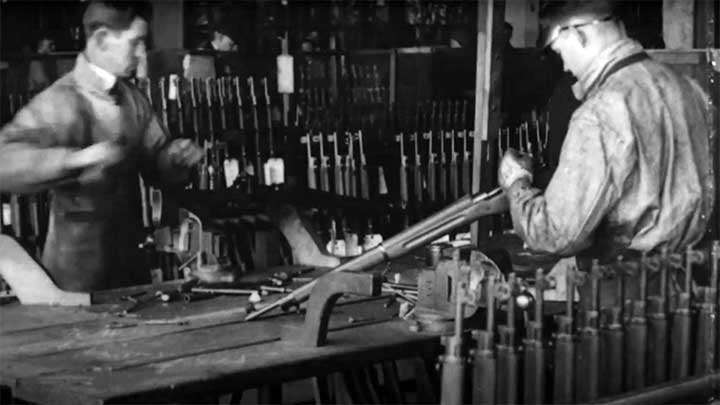
In 1913, the British had adopted a new cock-on-close, Mauser-style, bolt-action rifle chambered in a new .276-caliber cartridge to replace the Short Lee Enfield in .303 British, the Pattern 13. The British altered their plans for the rifle at the beginning of the war and chambered the design for the standard .303 British cartridge, resulting in the Pattern 14. Three American arms manufacturers, Eddystone, Winchester and Remington, had contracts with the British to manufacture the Pattern 14 rifle en masse.
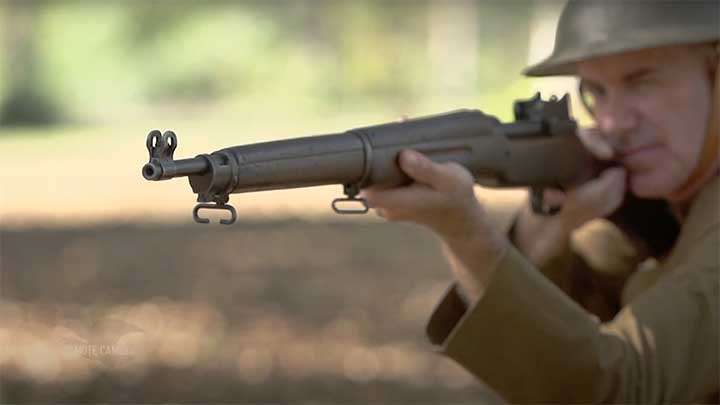
U.S. Ordnance selected the Pattern 14 design for consideration, with very few changes needed for U.S. adoption. The main change was chambering and redesigning the bolt head for the rimless .30-’06 Sprg. instead of the rimmed .303 British cartridge. The rifle that resulted was adopted as the Model 1917 Enfield. The M1917 became the more common rifle to be used by the AEF on the Western Front, with more than two million rifles manufactured by the end of the war.
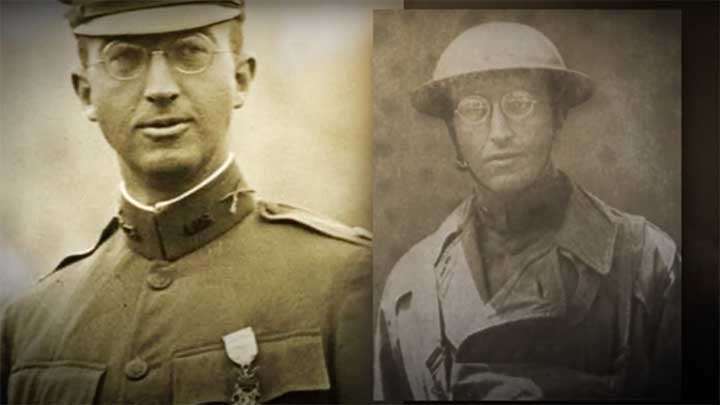
During the lost battalion’s six-day fight they not only suffered from German fire, but friendly fire as well. American artillery began falling around their perimeter and killing American soldiers. The battalion’s commanding officer, Maj. Charles Whittlesey, quickly wrote a note by hand to call off the attack and had the message attached to a pigeon. The pigeon flew the message back to back directly to the 77th Division’s headquarters, saving the men.
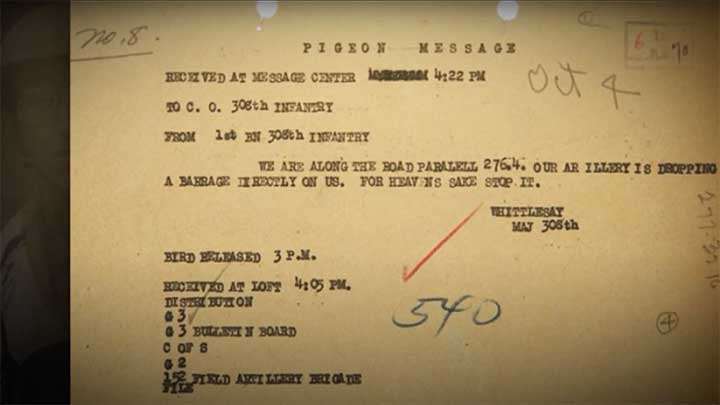
Towards the end of the fighting and after numerous failed attempts to overrun the lost battalion’s position, the German commanders lost patience with the situation. The Germans sent in one of the most terrifying weapon systems of World War I into the fray, a man-portable flamethrower called the “Flammenwerfer.” Luckily for the Americans at the time, there was one last operational Hotchkiss M1914 heavy machine gun that was able to kill off the German flamethrower crews.
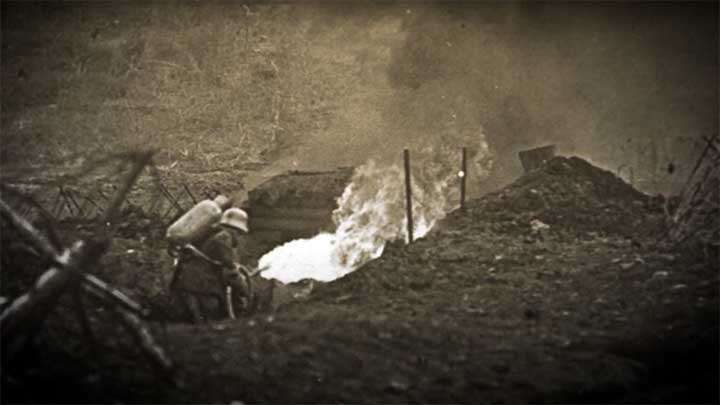
The Hotchkiss M1914 heavy machine gun was an earlier gas-operated air-cooled design with a unique feed system. Instead of using a standard belt, the M1914 fed from a 30-round feed clip. The M1914 was mounted on a tripod and was heavy enough to restrict its movement on the battlefield.
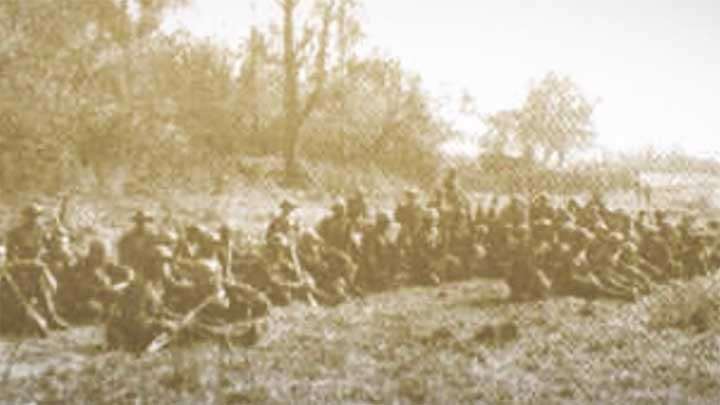
Some of the men also had the lighter and more mobile CSRG 1915 Chauchat light machine gun. Despite drawbacks to the magazine design and overheating that could result in stoppages, the Chauchat gave the AEF an effective mobile automatic weapon.
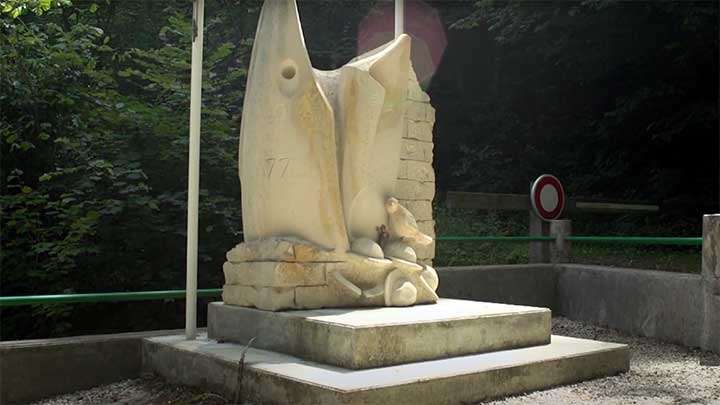
By the time that an American relief force reached the lost battalion, 197 men were killed in action while 150 were missing or taken prisoner. Only 194 men were able to walk themselves off the hill that they held onto for six days. Several men in the lost battalion were decorated for their bravery. Two U.S. Army pilots that flew scouting missions to find the lost battalion were also decorated. Today, the site of the lost battalion's battle is marked with a memorial.
To watch complete segments of past episodes of American Rifleman TV, go to americanrifleman.org/artv. For all-new episodes of ARTV, tune in Wednesday nights to Outdoor Channel 8:30 p.m. and 11:30 p.m. EST.

